Why 3D Printers Are Becoming Affordable
Once considered a luxury for advanced industries and research labs, 3D printing has made remarkable strides in accessibility and affordability over the last decade. What was once a complex and expensive technology is now available for hobbyists, small businesses, and educational institutions. The shift toward affordable 3D printers has unlocked opportunities for innovation, enabling users to bring their ideas to life without breaking the bank.
The Evolution Of 3D Printing Technology
The initial development of 3D printing, or additive manufacturing, focused on industrial applications like aerospace, automotive, and healthcare. Early 3D printers relied on expensive materials and high-precision components, resulting in significant costs. Over time, technological advancements have reduced these costs, making the process more efficient and scalable.
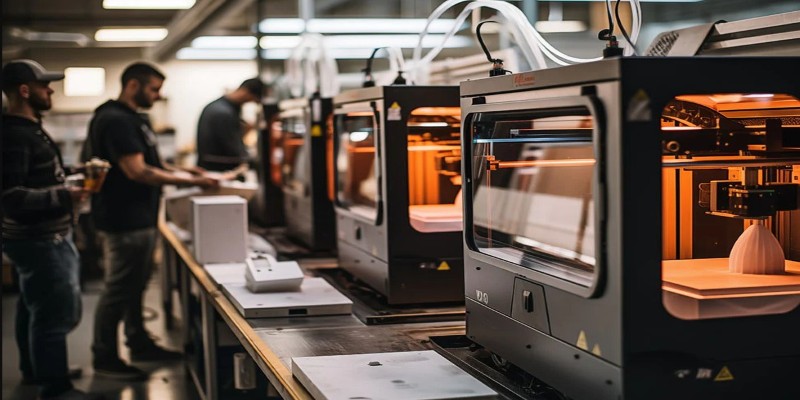
One of the key innovations has been the development of fused deposition modelling (FDM), which utilizes affordable thermoplastic filaments. Unlike earlier methods that required proprietary materials, FDM printers are compatible with widely available, cost-effective options like PLA and ABS. Additionally, open-source communities have contributed significantly by designing hardware and software that improve functionality while keeping costs low. These innovations have shifted 3D printing from an exclusive tool to a widely accessible technology.
Economies Of Scale And Mass Production
A significant reason for the decreasing cost of 3D printers is the concept of economies of scale. As the demand for 3D printers has grown, manufacturers have been able to produce components in larger quantities. Bulk production reduces the cost per unit, making selling printers at lower prices possible while maintaining profitability.
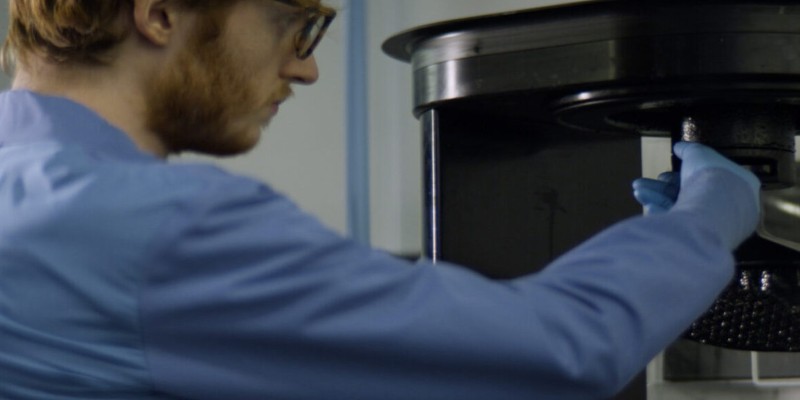
Mass production techniques have also created standardized parts that are easier and cheaper to manufacture. For example, stepper motors, extruders, and power supplies, essential components of 3D printers, are now produced at a fraction of their original cost. Combined with automation in manufacturing processes, these advancements have significantly reduced the retail price of consumer-grade 3D printers.
Competition In The Market Driving Prices Down
The 3D printing market has witnessed an influx of competitors, from established tech giants to innovative startups. This competition has sparked a race to offer better features at lower prices, benefiting consumers. Companies have focused on developing printers tailored to specific use cases, such as compact models for hobbyists or more extensive, robust options for professional applications.
Additionally, the entry of low-cost manufacturers from regions like Asia has disrupted the market by offering high-quality printers at affordable prices. These companies often leverage lower production costs and efficient supply chains, passing the savings on to consumers. The increased competition ensures that prices remain competitive while driving innovation forward.
Advances In Materials And Accessibility
Another significant factor in the affordability of 3D printing is the growing variety of materials available at lower costs. In the past, proprietary materials restricted users and drove up expenses. Today, many materials, including biodegradable plastics, flexible filaments, and even metal composites, are available at reasonable prices. This diversity allows users to select the best material for their needs without overspending.
Recycling initiatives have also reduced costs. Some companies now offer systems to convert plastic waste into filament, enabling users to reduce material expenses while promoting sustainability. These developments have made 3D printing more accessible to individuals and organizations on tight budgets.
Open-Source Innovation And Community Contributions
The open-source movement has been a game-changer for 3D printing, fostering collaboration and innovation across the globe. Enthusiasts and developers have shared designs, software, and modifications that improve printer performance and usability. Popular platforms like RepRap have inspired countless affordable printer models, many of which are customizable and upgradeable.
Open-source firmware has also allowed users to experiment with different printing techniques, enhancing versatility without requiring expensive upgrades. This collaborative approach has democratized 3D printing, empowering individuals to create and innovate without relying on proprietary solutions.
Educational And Industrial Adoption Expanding The Market
Adopting 3D printing in education and small-scale industries has further increased its affordability. Schools and universities are incorporating 3D printing into their curriculums, creating demand for budget-friendly models. Manufacturers have responded by developing printers that balance affordability with performance, ensuring they meet educational needs.
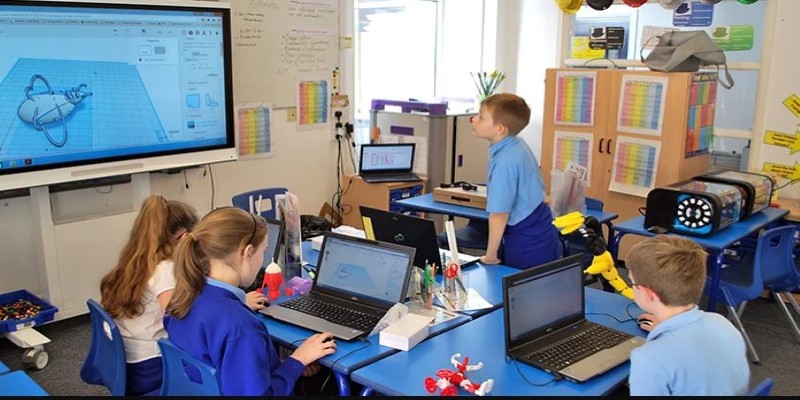
Similarly, small businesses and startups have embraced 3D printing as a cost-effective solution for prototyping and production. By enabling rapid iteration and customization, 3D printers eliminate the need for expensive tooling and long lead times. This increased adoption has driven demand, encouraging manufacturers to produce affordable models to cater to a broader audience.
Technological Simplification And User-Friendly Designs
Early 3D printers required specialized knowledge and extensive calibration, limiting their appeal to experts. Modern designs have simplified the technology, making it user-friendly for beginners. Features like auto-levelling, touchscreen interfaces, and pre-configured settings reduce the learning curve and attract a wider audience.
Affordable printers now have advanced capabilities such as Wi-Fi connectivity, mobile app integration, and cloud-based slicing software. These features enhance usability without significantly increasing costs, making 3D printing an attractive option for everyday users.
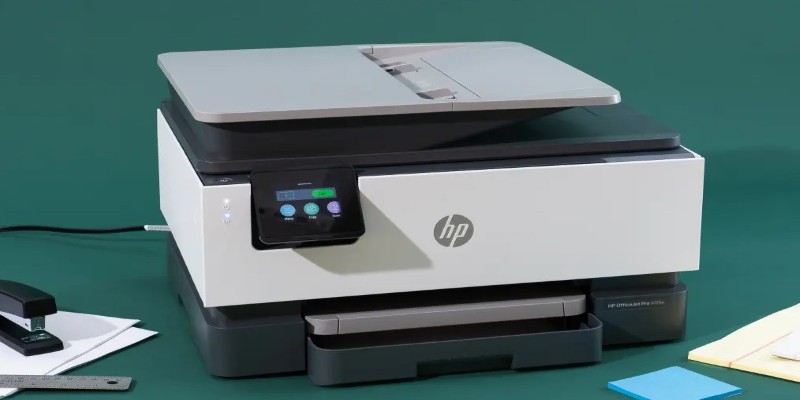
The Role Of Government And Institutional Support
Government initiatives and institutional support have promoted 3D printing technology. Subsidies, grants, and research funding have enabled manufacturers to develop innovative solutions while keeping costs low. In some regions, governments have introduced policies encouraging 3D printing in education, healthcare, and manufacturing, creating a favourable environment for affordable options.
Partnerships between academia and industry have also facilitated knowledge transfer, enabling the development of cost-effective materials and components. These collaborations have ensured that 3D printing continues to evolve while remaining accessible to a wide range of users.
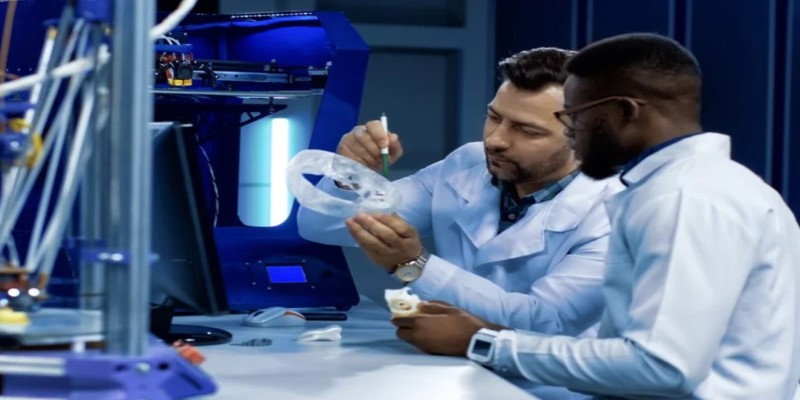
Conclusion:
The growing affordability of 3D printers reflects the convergence of technological advancements, market dynamics, and community-driven innovation. By addressing barriers to entry and promoting accessibility, 3D printing has transitioned from a specialized tool to a mainstream technology. Whether for creative projects, educational purposes, or industrial applications, 3D printing offers unparalleled opportunities at an increasingly affordable price.
As this trend continues, 3D printing's impact will extend beyond cost savings. It is set to transform industries, inspire creativity, and empower individuals to turn their ideas into reality. The affordability of 3D printers marks the beginning of a new era where innovation is no longer limited by access to expensive tools.





